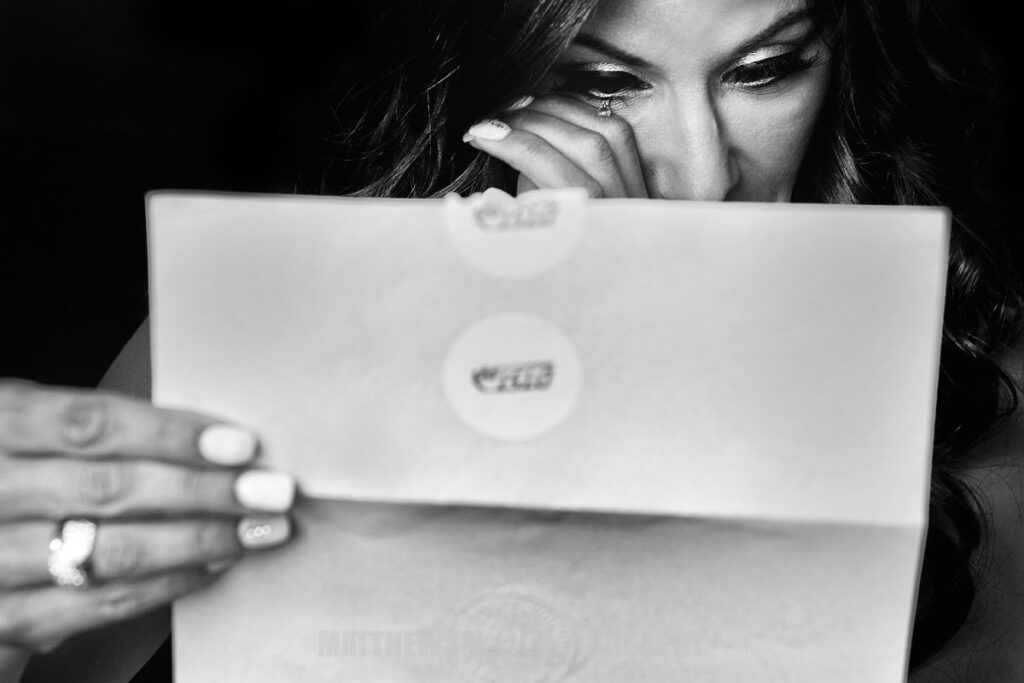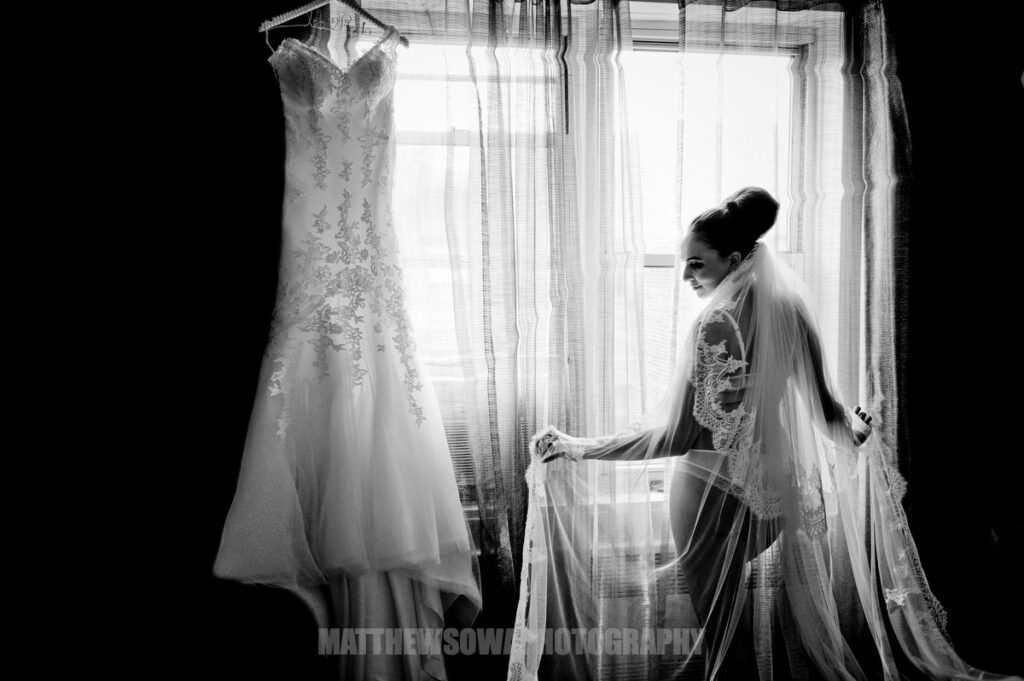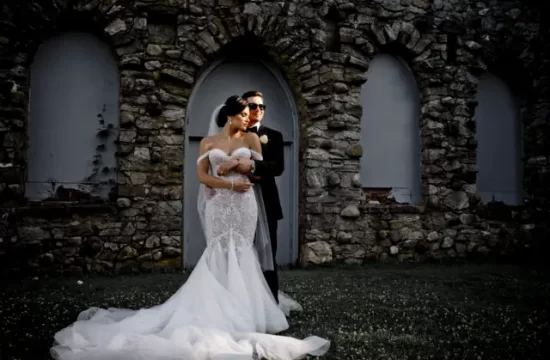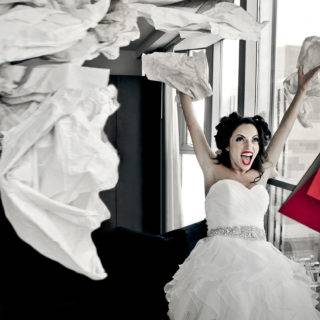A Comprehensive Guide Photographing the bride on her wedding day is one of the most important tasks for a wedding photographer. The bride is often the focal point of the ceremony and the subject of many cherished memories. Capturing her beauty, emotion, and the significance of the occasion requires skill, creativity, and attention to detail. Here’s a comprehensive guide on how to photograph the bride effectively.
1. Build a Connection: Spend time getting to know the bride before the wedding day. Establishing trust and rapport can make her feel more comfortable in front of the camera, allowing her emotions to shine through naturally.

2. Be Discreet: Use a photojournalistic approach by blending into the background. This allows you to capture candid moments without interrupting or influencing the scene, resulting in more authentic expressions.

3. Observe and Anticipate: Pay close attention to the bride’s interactions and body language. Anticipating emotional moments—such as when she sees herself in the mirror, interacts with her family, or walks down the aisle—can help you be ready to capture them as they happen.

4. Preparation Before the Wedding Day. Communication with the Bride: Before the wedding day, it’s essential to have a conversation with the bride. Discuss her vision, any specific shots she wants, and her preferences regarding style—whether she prefers candid shots or more posed portraits. Scout the Location: Visit the wedding venue beforehand to identify the best spots for photography. Look for good lighting, interesting backgrounds, and areas that might be used for portraits. This will help you plan your shots and be efficient on the wedding day. Equipment Checklist: Ensure you have the right gear. This includes a camera, various lenses (a prime lens for portraits, a wide-angle for group shots), extra batteries, memory cards, and lighting equipment if needed. Consider bringing a reflector or an external flash for low-light situations.

5. Capturing Details. The Wedding Dress: Begin by photographing the wedding dress. Capture it hanging up, as well as any intricate details like lace, beads, or embroidery. Use a macro lens for close-up shots that highlight these features. Accessories: Don’t forget to photograph the bride’s accessories—shoes, jewelry, bouquets, and anything else she plans to wear. These small details contribute to the overall story of the day. Bridal Portraits: Once the bride is ready, take some time for bridal portraits. Find a location with good natural light and consider using a soft background to keep the focus on her. Encourage her to relax and be natural, which will help create candid, beautiful images.

6. Capturing Emotion. Candid Moments: Beyond posed portraits, focus on capturing candid moments that showcase the bride’s emotions. This could be her reaction to a compliment, a laugh with friends, or a quiet moment of reflection. These images often convey the spirit of the day more than staged shots. Interaction with Family and Friends: Photograph the bride interacting with her family and bridal party. These moments are often filled with joy and laughter, and they help tell the story of her day. Be ready to capture hugs, laughter, and tears.

7. The Ceremony. Arrival: Capture the bride’s arrival at the ceremony. This could be in a car, walking down the aisle, or being escorted by a family member. These are key moments that reflect her emotions and anticipation. Vows and Reactions: During the ceremony, focus on capturing the bride’s expressions as she exchanges vows. Document her reactions, especially during key moments like the ring exchange and the first kiss.

8. Post-Ceremony Portraits. Couple Portraits: After the ceremony, take some time for a couple of portraits. Find a quiet spot away from the crowd where you can capture intimate moments between the bride and groom. Use natural light for soft, romantic images. b. Group Shots: Don’t forget to capture group shots with family and friends. Make sure to get a mix of formal and candid shots, as these are often treasured by the couple and their loved ones.

9. Creative Techniques. Use of Light: Experiment with different lighting techniques. Golden Hour (the hour before sunset) offers soft, flattering light that is perfect for romantic portraits. If shooting indoors, consider using window light to create beautiful, soft images. Angles and Perspectives: Play with different angles and perspectives to create unique images. Shoot from above, below, or at eye level to add variety to your shots. Don’t be afraid to get creative with framing.

10. Editing and Delivery. Post-Processing: After the wedding, spend time editing your photos. Use post-processing software to enhance colors, adjust exposure, and retouch any imperfections. Maintain a consistent style throughout the images to create a cohesive final album. Delivery: Deliver the final images promptly, whether through an online gallery, USB drive, or printed album. Consider including a few sneak peeks shortly after the wedding to keep the couple excited about their photos. Conclusion Photographing the bride is a rewarding yet challenging task. It requires a blend of technical skills, artistic vision, and the ability to connect with the couple emotionally. By preparing in advance, being attentive on the wedding day, and focusing on both details and candid moments, you can create a beautiful collection of images that the bride and her family will cherish for years to come. Remember, the goal is to tell her story through your lens, capturing not just her beauty but the love and joy surrounding her special day.
Matthew Sowa- NYC Wedding Photographer for all in love.












